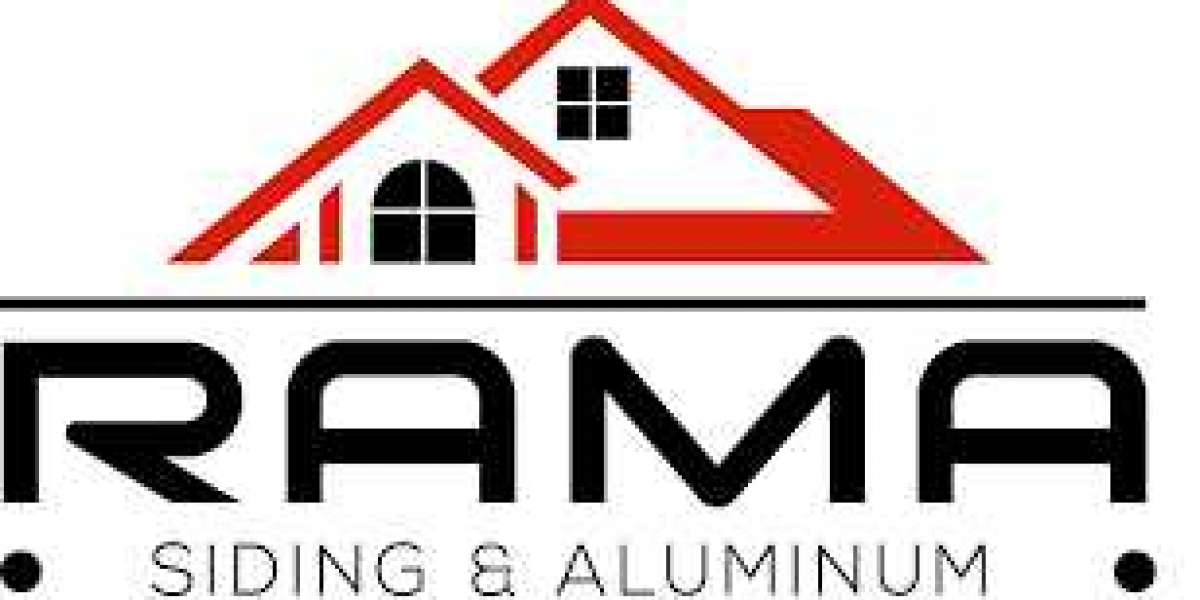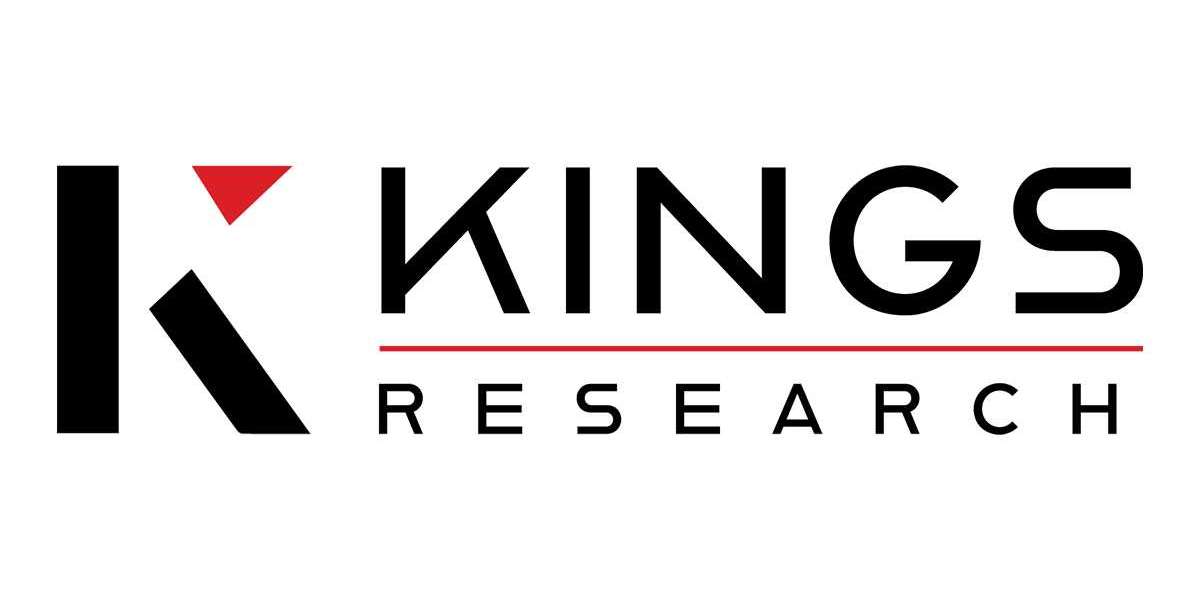What is Exterior Insulation?
Exterior insulation refers to the application of an insulating material to the outer surface of a building’s walls, creating a thermal barrier that helps control the interior temperature. Unlike traditional insulation methods that are applied inside the walls, exterior insulation is installed on the exterior, providing a continuous layer of protection against heat loss or gain.
This insulation is typically made from materials such as rigid foam board, expanded polystyrene (EPS), extruded polystyrene (XPS), or mineral wool. These materials are highly effective in reducing heat transfer and minimizing the impact of outdoor temperature fluctuations on the interior of your home.
Why is Exterior Insulation Important?
Improved Energy Efficiency: One of the primary benefits of exterior insulation is its ability to improve energy efficiency. By reducing the amount of heat that escapes or enters your home, exterior insulation helps maintain a stable indoor temperature. This can significantly lower your heating and cooling costs, as your HVAC system won’t need to work as hard to keep the home comfortable.
Enhanced Comfort: Properly insulated homes are more comfortable, as exterior insulation helps maintain consistent temperatures throughout the year. During the winter, it keeps the warmth inside, while in the summer, it helps keep the home cool by blocking excessive heat from the outside.
Moisture Control: Exterior insulation can help prevent moisture buildup, which can lead to mold, mildew, and structural damage. When applied properly, it can act as a moisture barrier, keeping water from entering the walls. This is particularly important in areas with high humidity or extreme weather conditions.
Noise Reduction: The insulating materials used for exterior insulation can also help reduce noise transmission. Whether it’s traffic noise, outdoor construction, or noisy neighbors, exterior insulation can help create a quieter living environment.
Sustainable and Eco-Friendly: By reducing energy consumption, exterior insulation contributes to lower carbon emissions and a smaller environmental footprint. It can also increase the lifespan of your heating and cooling systems by reducing wear and tear. This makes it an eco-friendly choice for homeowners who want to make their homes more sustainable.
Types of Exterior Insulation
There are several types of exterior insulation materials available, each with its unique properties:
Rigid Foam Insulation: Rigid foam boards, made from materials like EPS or XPS, are commonly used in exterior insulation projects. These boards offer excellent thermal resistance and moisture protection. They are lightweight and easy to handle, making them a popular choice for both new constructions and retrofits.
Spray Foam Insulation: Spray foam insulation is another effective method of insulating exterior walls. It is applied as a liquid that expands upon contact, filling gaps and providing a seamless thermal barrier. Spray foam is highly efficient and helps reduce air leaks, improving the overall performance of the home.
Mineral Wool Insulation: Mineral wool, also known as rock wool, is a durable, fire-resistant material often used for exterior insulation. It provides excellent thermal and acoustic insulation, making it a great option for homes located in noisy or high-traffic areas.
Installation Process
The installation of exterior insulation typically involves several key steps:
Preparation: Before applying exterior insulation, the home’s exterior must be cleaned and prepared. Any existing cladding or siding is removed to expose the walls. In some cases, a weather barrier may be installed to ensure the insulation is protected from moisture.
Application of Insulation: The chosen insulation material is then applied to the exterior of the home. This can be done by fastening rigid foam boards to the wall, spraying foam directly onto the surface, or using other methods depending on the material.
Sealing Gaps: After the insulation is applied, any gaps or seams are sealed to prevent air leakage. This step ensures that the insulation performs at its best and reduces energy loss.
Reinstalling Cladding or Siding: Once the insulation is in place and properly sealed, new cladding or siding is installed over the insulation to protect it from the elements and maintain the aesthetic appeal of the home.
Cost Considerations
The cost of exterior insulation can vary depending on factors such as the size of the home, the type of insulation material used, and whether the installation is part of a new build or a retrofit. While the initial investment may seem high, the long-term savings on energy bills and the increased comfort of your home can make exterior insulation a cost-effective choice. Additionally, some regions offer incentives or rebates for energy-efficient home improvements, which can help offset the costs.
Conclusion
Exterior insulation is an effective and efficient solution for homeowners looking to enhance their home’s energy performance, comfort, and sustainability. Whether you're building a new home or upgrading an existing structure, installing exterior insulation can provide significant benefits, including reduced energy costs, improved comfort, and protection from moisture and noise. With various insulation materials available, it’s important to choose the one that best fits your needs and budget. Consult with a professional contractor to determine the best approach for your home and start enjoying the long-term advantages of exterior insulation today. Visit here https://ramasiding.com/







